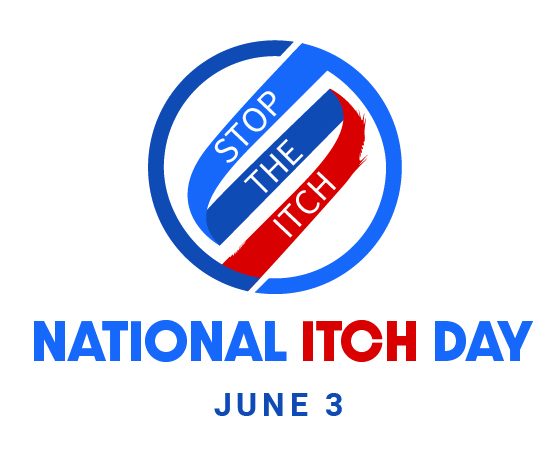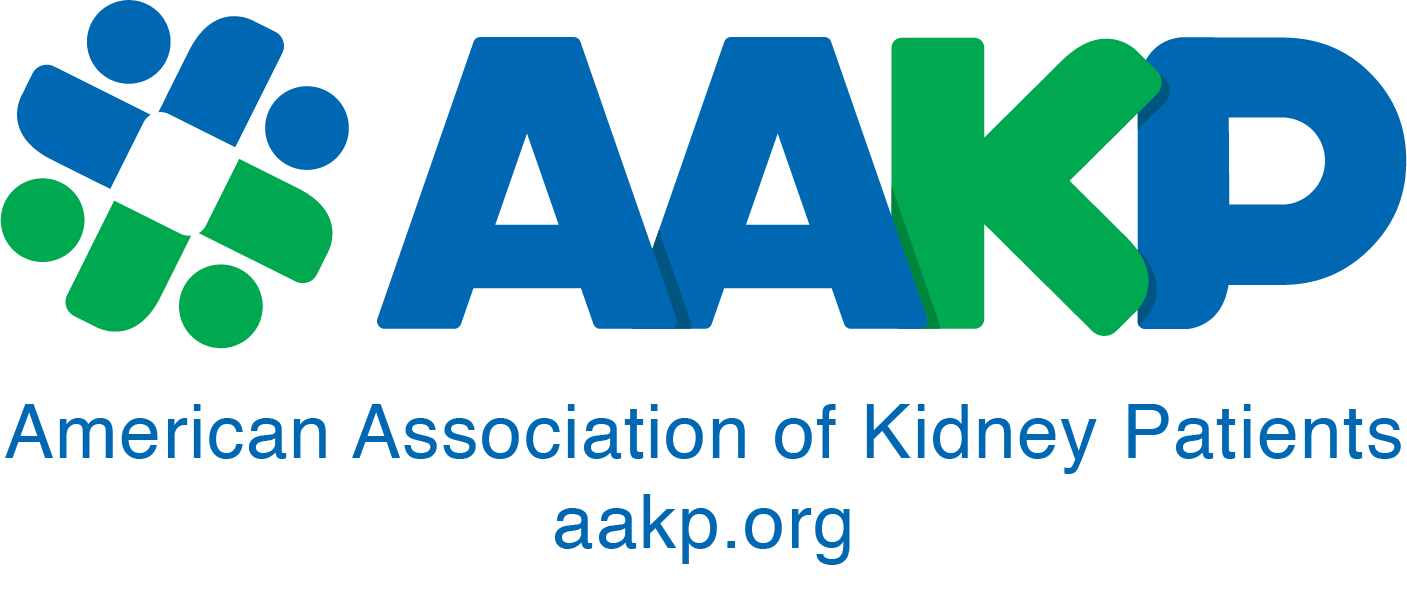
What is CKD-aP?
Chronic Kidney Disease Associated Pruritus (CKD-aP) is defined as moderate to severe itching that is directly related to kidney disease, without the presence of any other comorbid condition such as liver or skin that includes itching. It is often a distressing and overlooked condition found primarily in individuals with end-stage kidney disease (ESKD), such as those on hemodialysis. It is believed to affect approximately 30-70% of kidney patients and has been associated with poor quality of life, poor sleep, and depression. It is often described by dialysis patients as “an itch you just can’t get to.”
It has also been associated with increased hospitalizations and/or death in hemodialysis patients due to the increased risk of inflammation and infections due to an individual’s continual scratching of the skin in an attempt to satisfy the ‘itch’ which can lead to lesions or broken/damaged skin.
How is CKD-aP diagnosed?
CKD-aP can be difficult to diagnose because its severity may vary over time from mild to moderate to severe and the itch may occur randomly or frequently. CKD-aP may also occur anytime in relation to dialysis – before, during, or after as well as impact various parts of a kidney patient’s body (face, back, or arm for example). Further complicating the diagnosis of CKD-aP is that fact that no visual presentation on the skin may occur, although you may see marks/lesions from persistent scratching.
Due to all these factors, best practice is for physicians to consider any itching in dialysis patients as being related to CKD-aP unless there is a clear alternative explanation.
WHO IS AT RISK FOR CKD-AP?
Individuals with advanced chronic kidney disease (CKD) or those on hemodialysis are at a greater risk of suffering from CKD-aP. It is believed to affect approximately 30-70% of kidney patients.
What causes CKD-aP?
Most commonly, CKD-aP is attributed to toxin build-up, peripheral neuropathy, immune system dysregulation, or opioid dysregulation.
Will CKD-aP go away?
Some kidney patients with advanced kidney disease and those on hemodialysis have reported that the itch comes and goes periodically and varies in severity, but many more report that the itch is constant. Kidney patients who have been transplanted have reported that, only then, did the itch go away.
How do I manage CKD-aP?
Unfortunately, there has been frustratingly little innovation in the treatment of many CKD side effects. Treatments commonly prescribed for CKD-aP, such as antihistamines and phosphorus binders, to a variety of lotions, have had very little to no affect on this condition.
In 2021, the Food and Drug Administration (FDA) approved a therapeutic for CKD-aP, a breakthrough, first-in-class therapy for this condition administered to dialysis patients at the end of their dialysis sessions. Generically known as Difelikefalin (pronounced "die-fella-keff-a-lin") or KORSUVA Injection, this prescription medicine is used to treat the symptoms of moderate to severe itching associated with CKD-aP in adults undergoing hemodialysis.
key insights from an AAKP Patient Survey*
-
Nearly 70% of in-center dialysis patients that self-identified as having moderate to severe itching had never heard of CKD-aP.
- Nearly 50% of respondents shared that their itch impacts their daily lives and activities, and nearly 30% reported it impacts their mental health.
- Nearly 40% of respondents that experience moderate to severe itching have never discussed it with their doctor and nearly 50% of patient respondents shared that their healthcare team has never discussed itching with them.

National Itch Day
Join us for National Itch Day annually on June 3 to bring awareness of CKD-aP. Learn more about CKD-aP through AAKP's educational resources below. Share your knowledge with fellow kidney patients and caregivers.
- Pocket Guide to Managing CKD-aP: Free download or Order printed copies
- Article: To Itch or Not to Itch...That Is the Question
- Patient Profile Article: Fiona McKinney
- Patient Profile: Christie Ramos
- Patient Profile Article: Jonathan Traylor
- Patient Profile Article: Tiffany Fisher
- Watch our 2022 National Itch Day educational webinar recording
- Watch our 2023 National Itch Day educational webinar recording
- Help ensure ALL kidney patients suffering from CKD-aP have access to available FDA-approved treatments. Visit AAKP's Patient Voice Patient Choice™ initiative to learn more and contact your state representatives and the Centers for Medicare and Medicaid Services today!

Watch the 2025 Stop the Itch: Understanding CKD-aP and Kidney Disease educational webinar recording. Featured speakers include: Tejas Desai, MD, MBA, and Hitesh Dhawan, Hemodialysis Patient, AAKP Ambassador.
*American Association of Kidney Patients Flash Survey: Hemodialysis Patients and Chronic Kidney Disease Associated Pruritus was conducted independently under the AAKP Center for Research and Education.
























